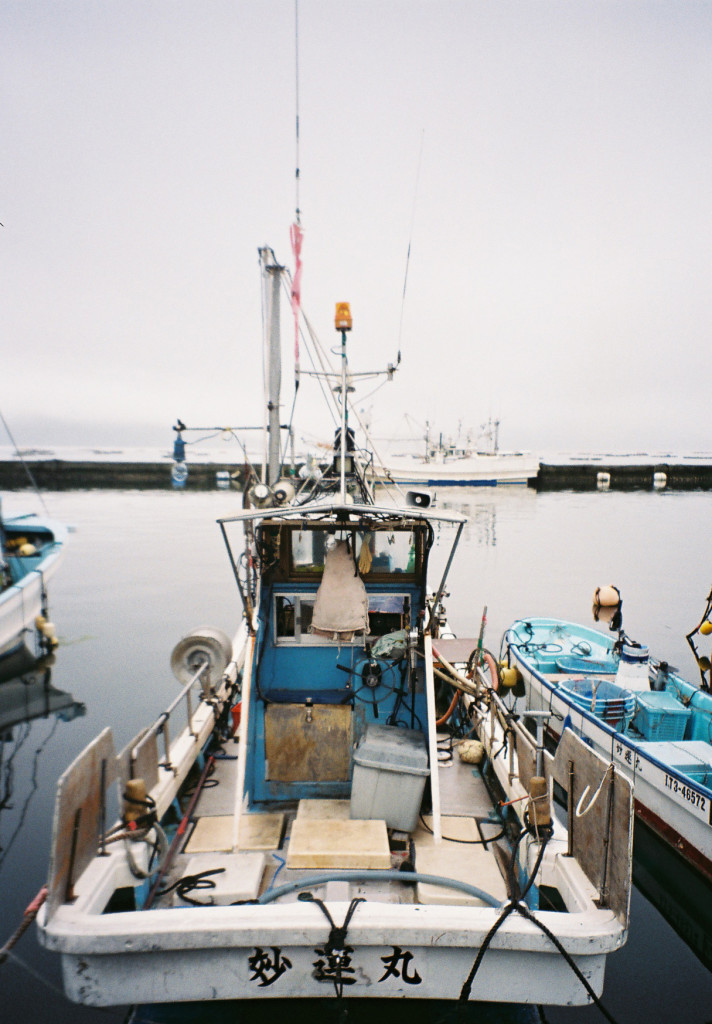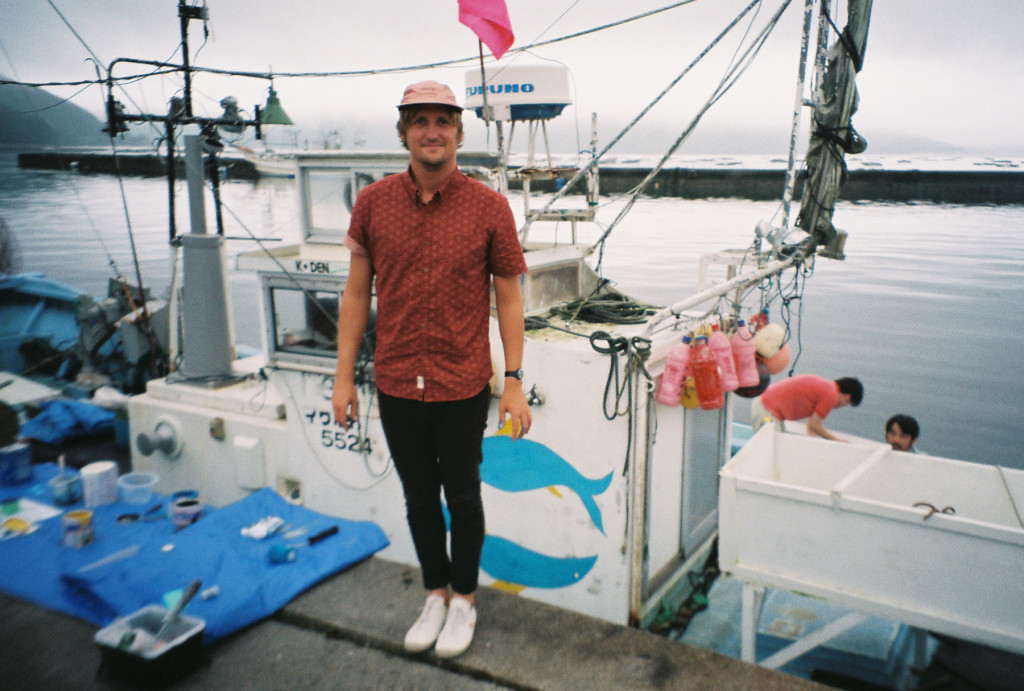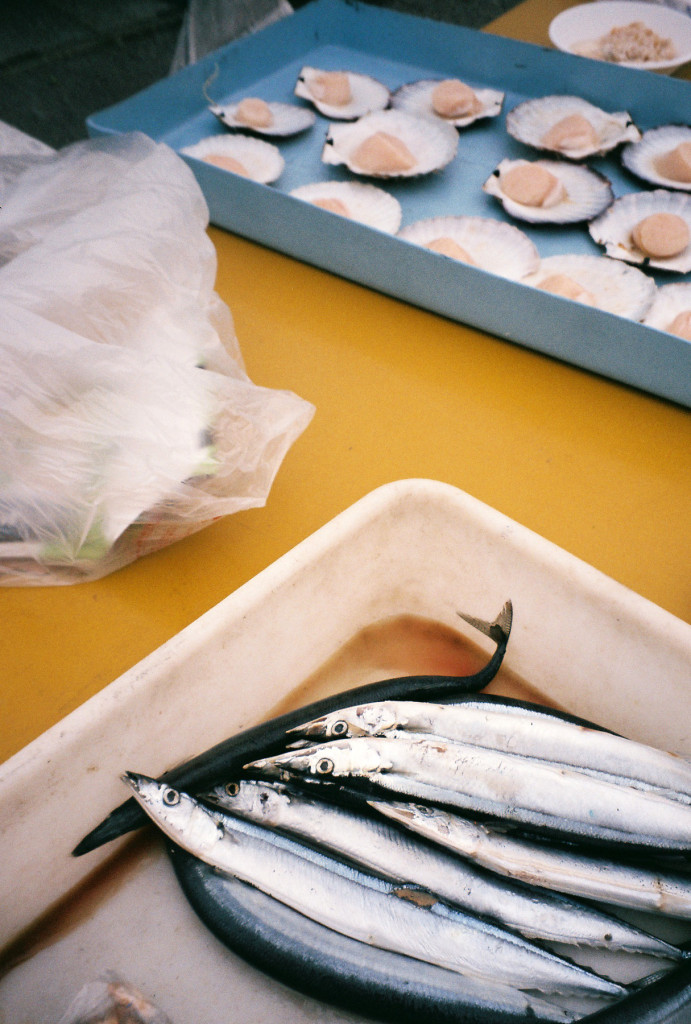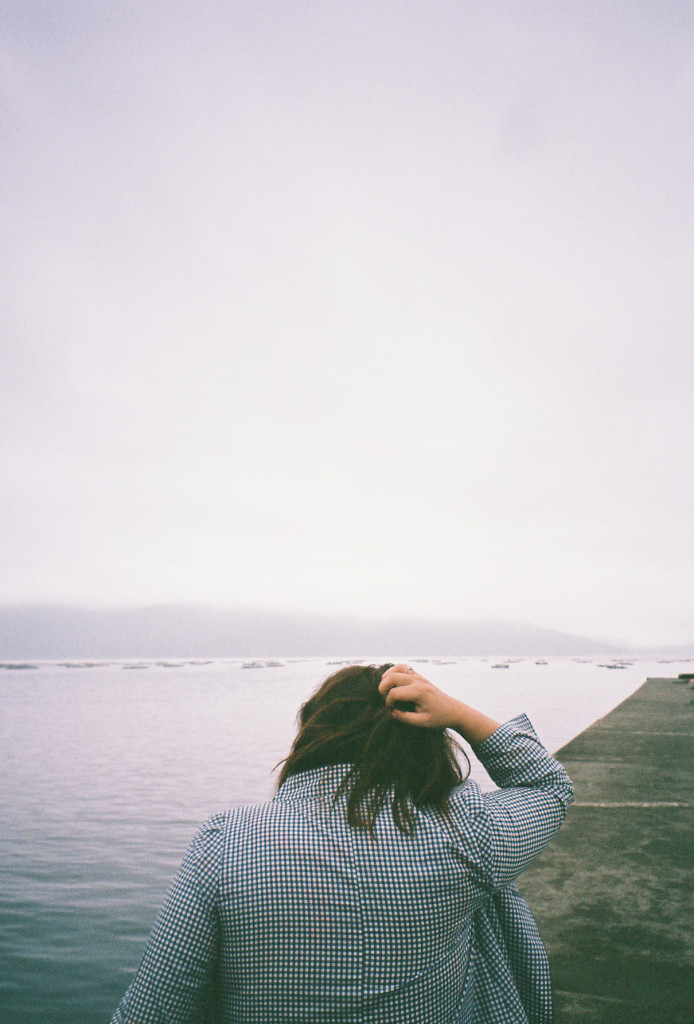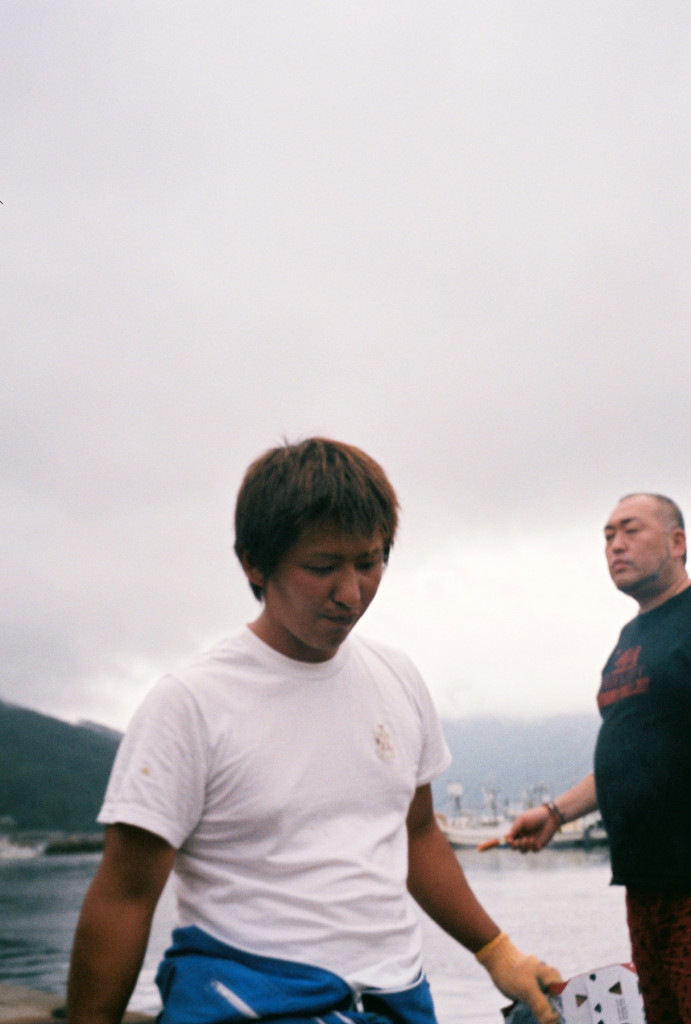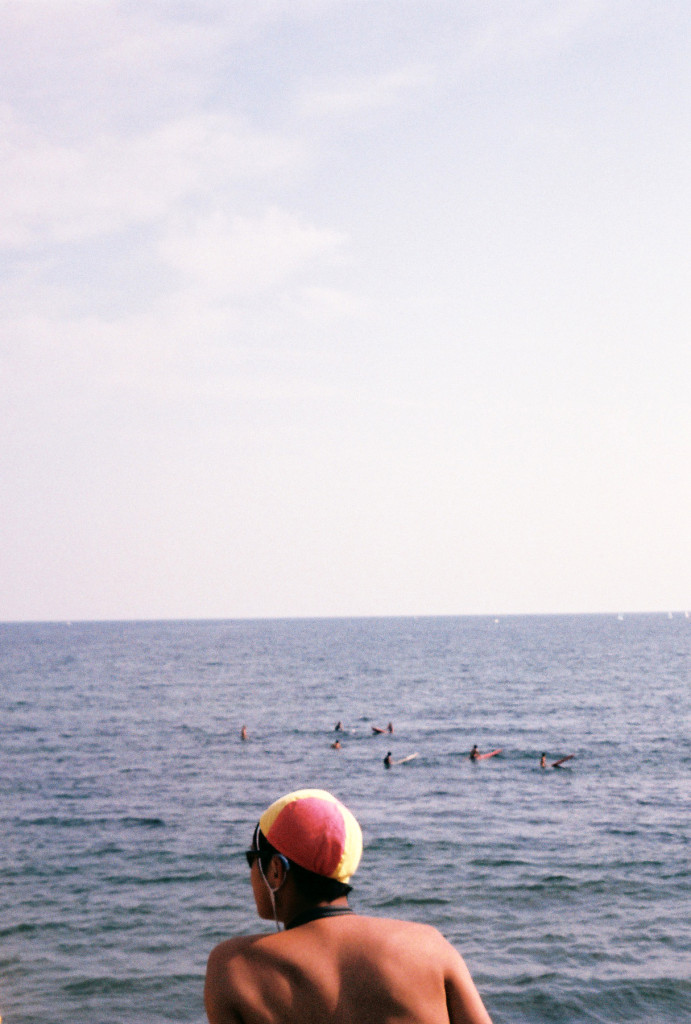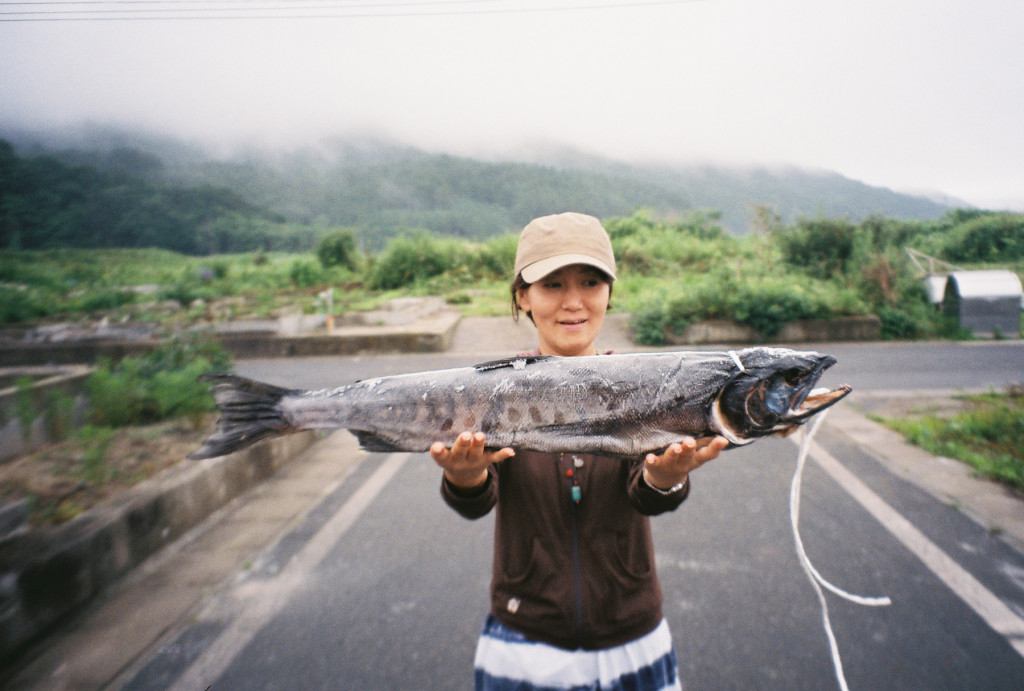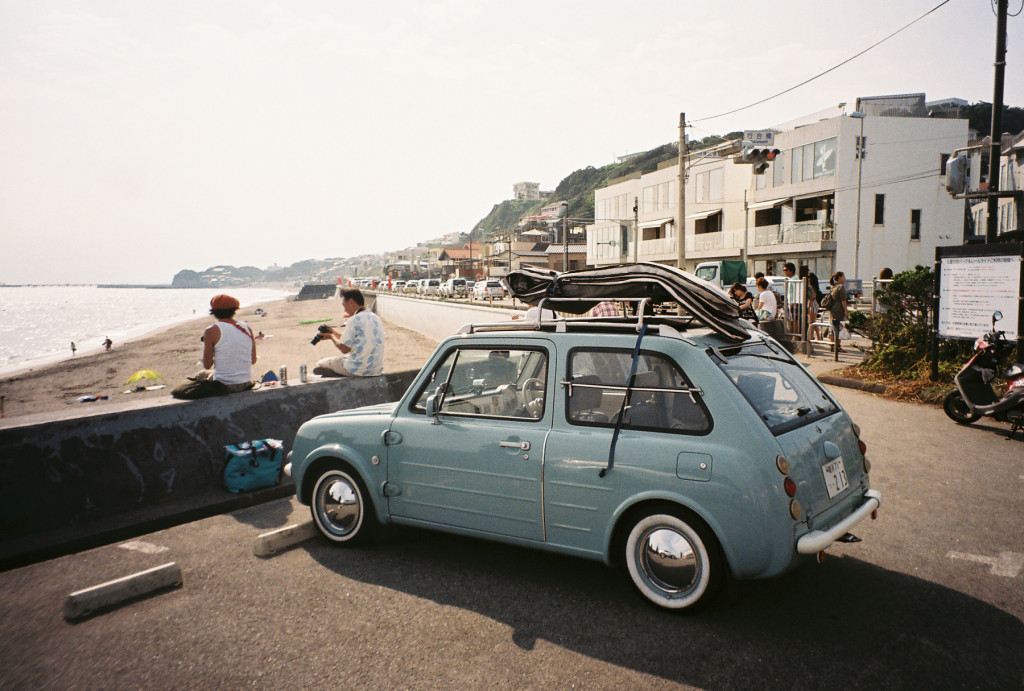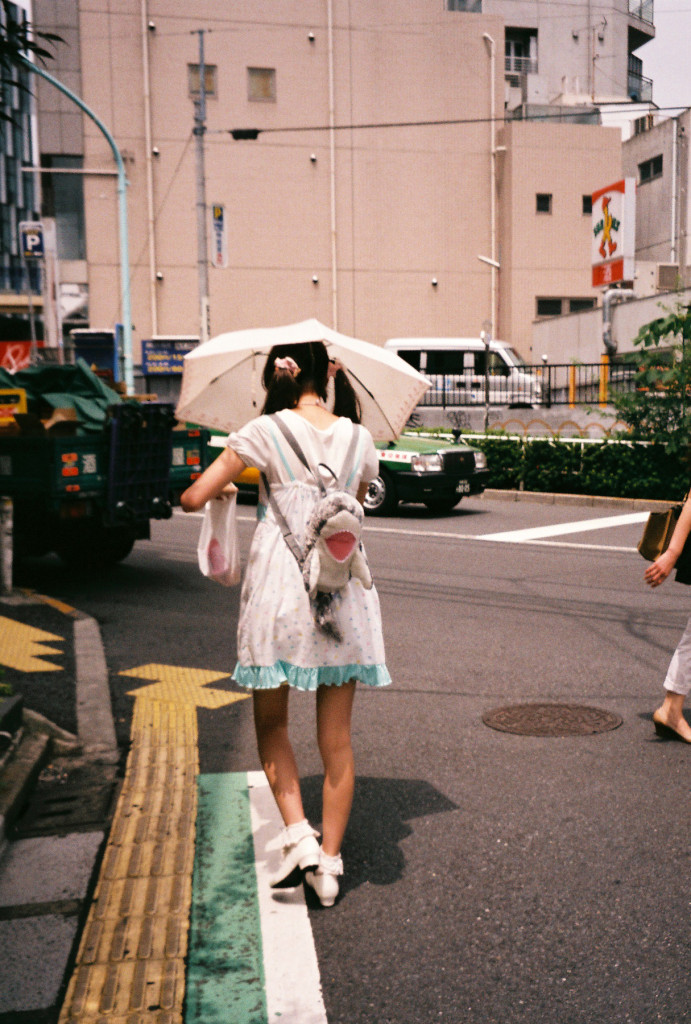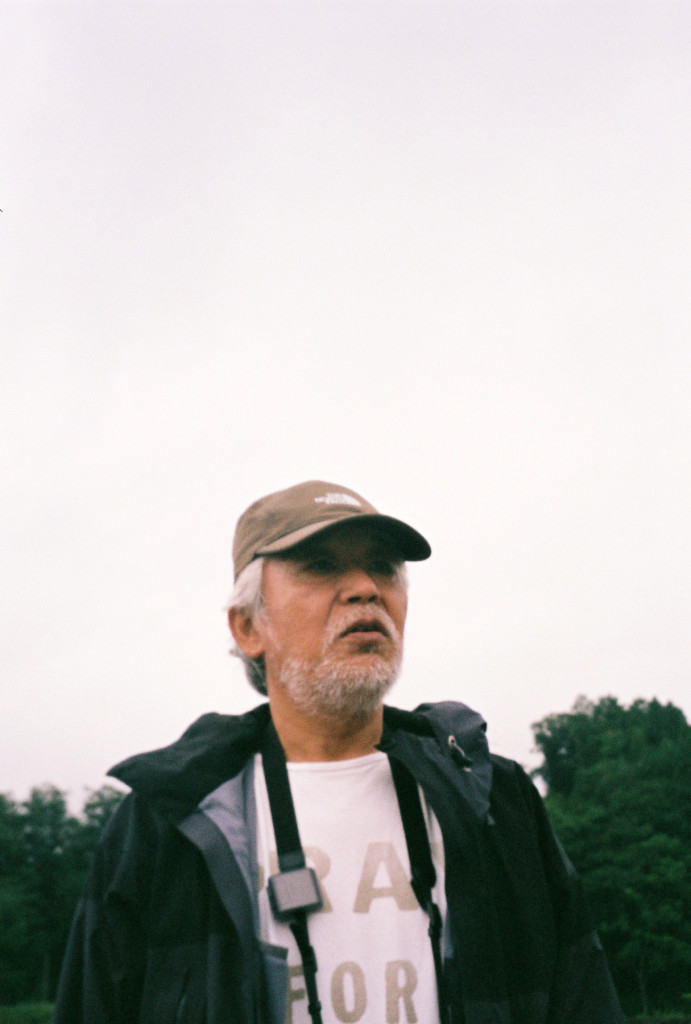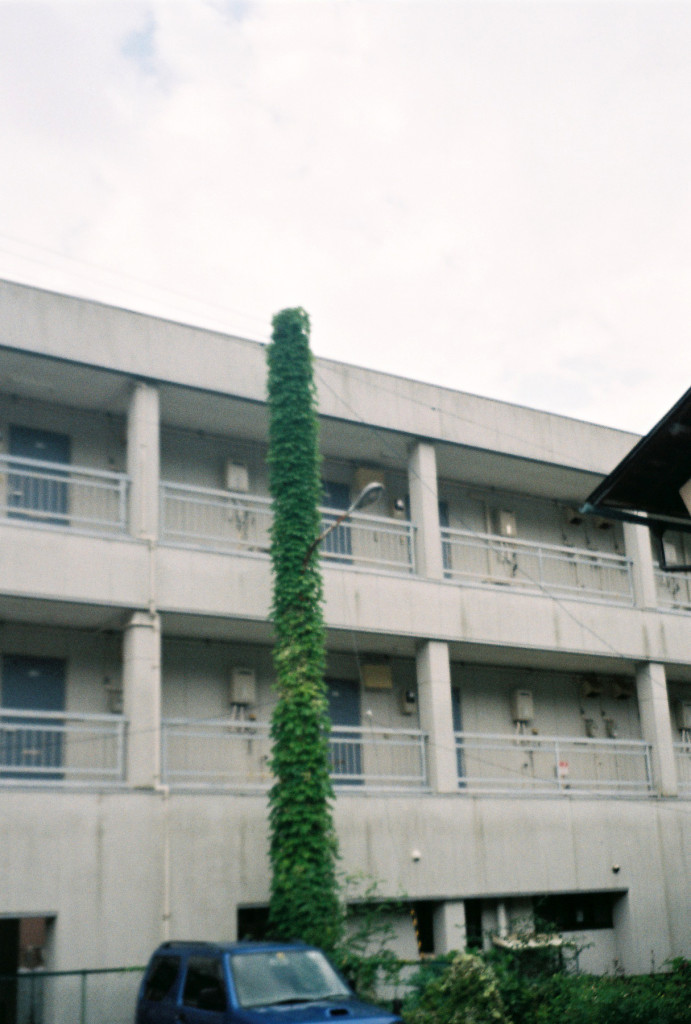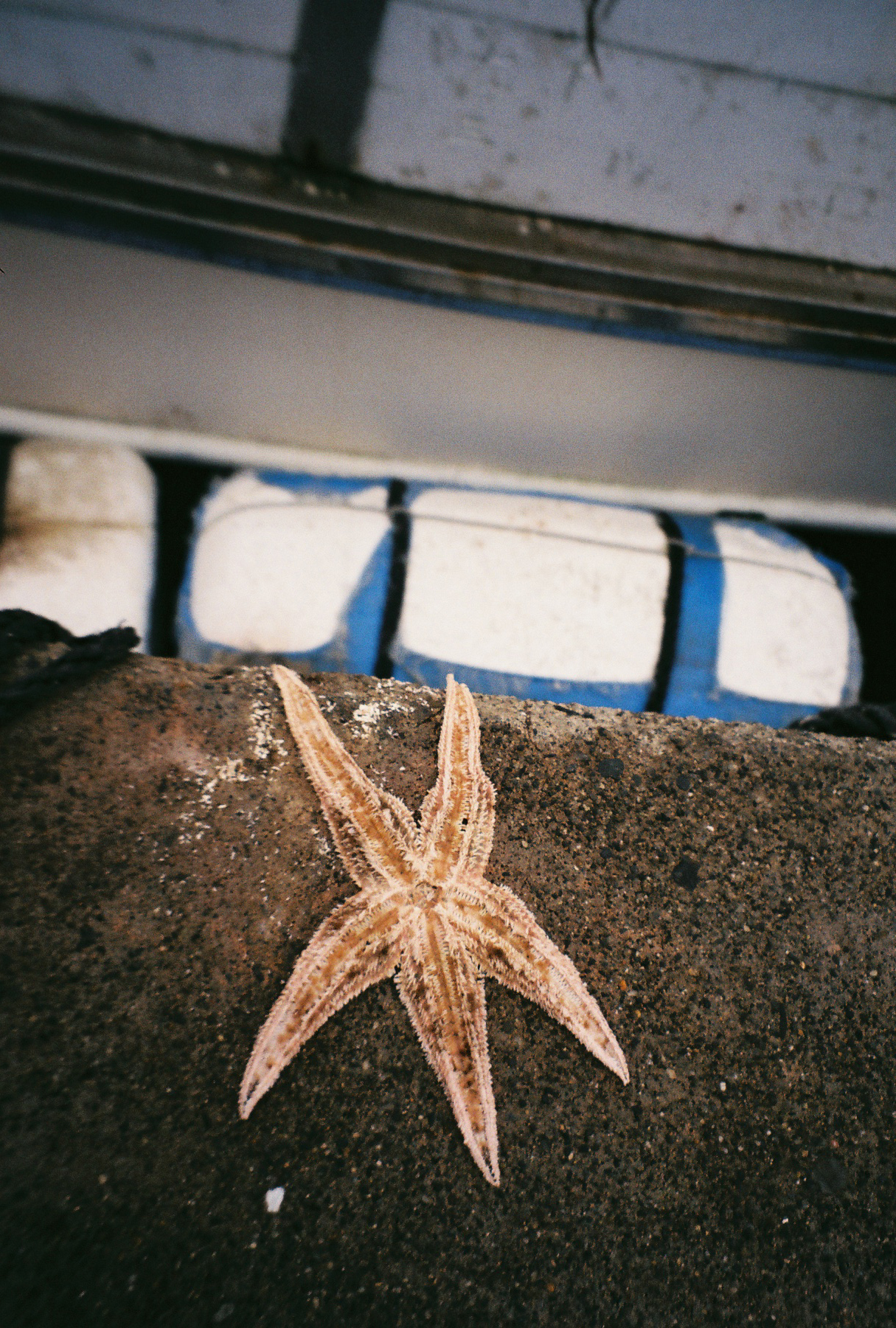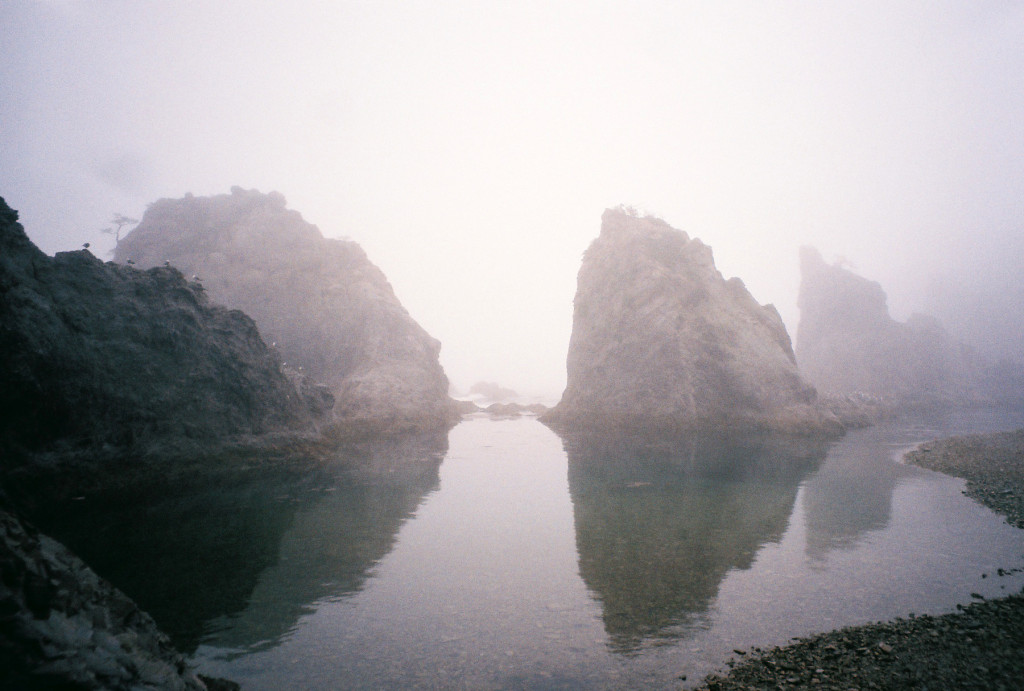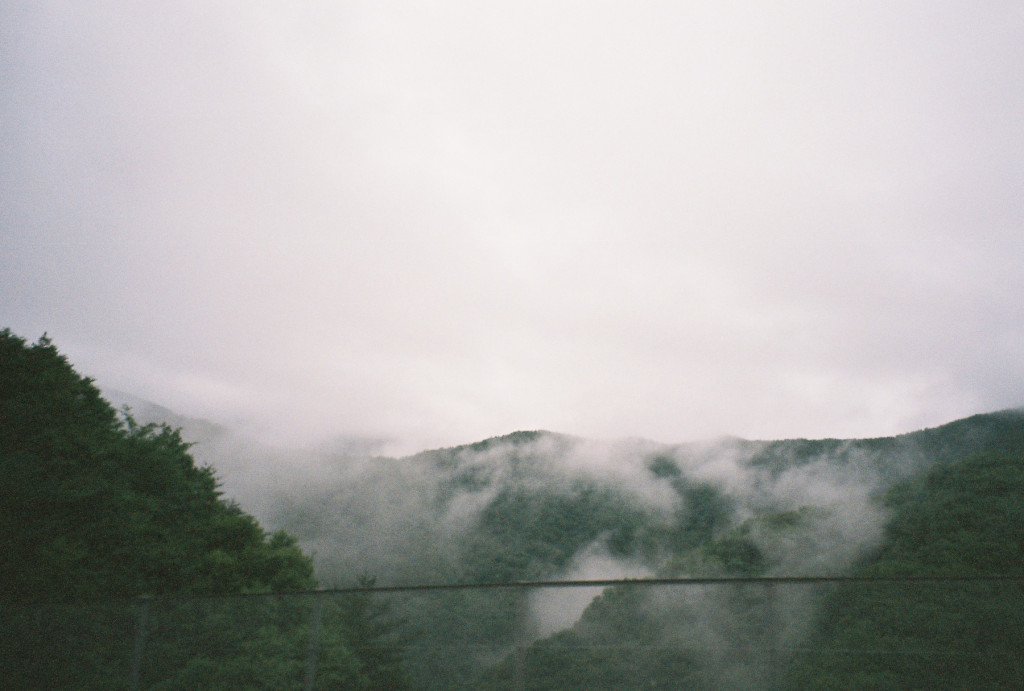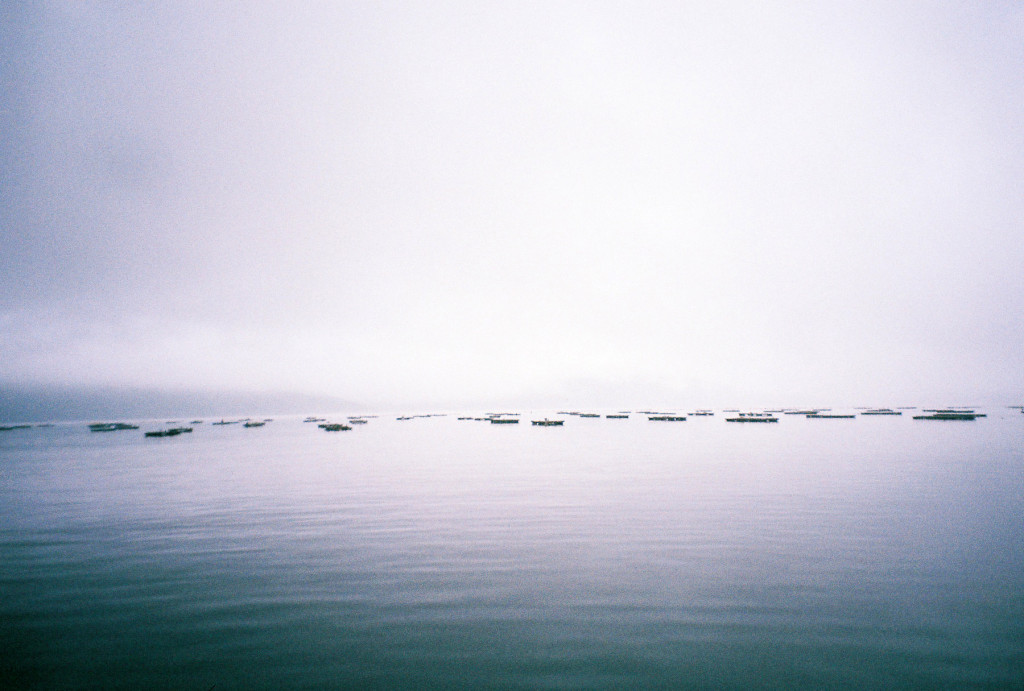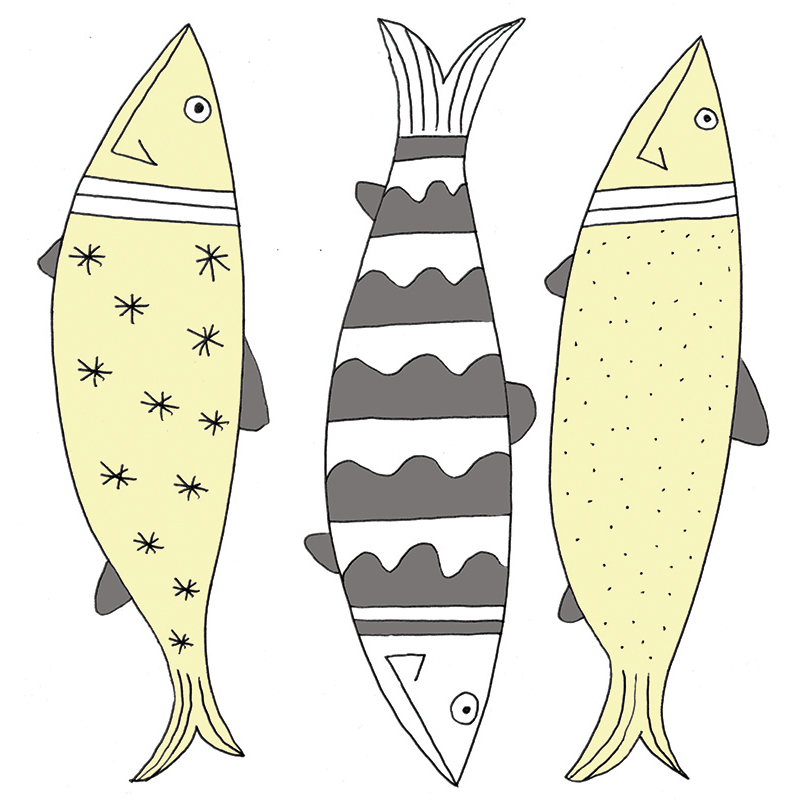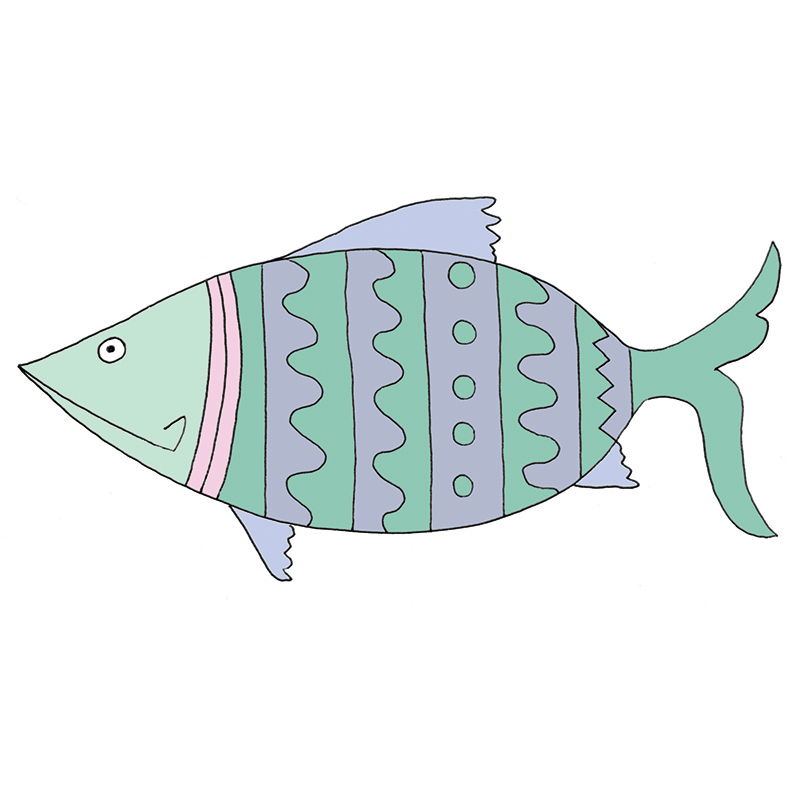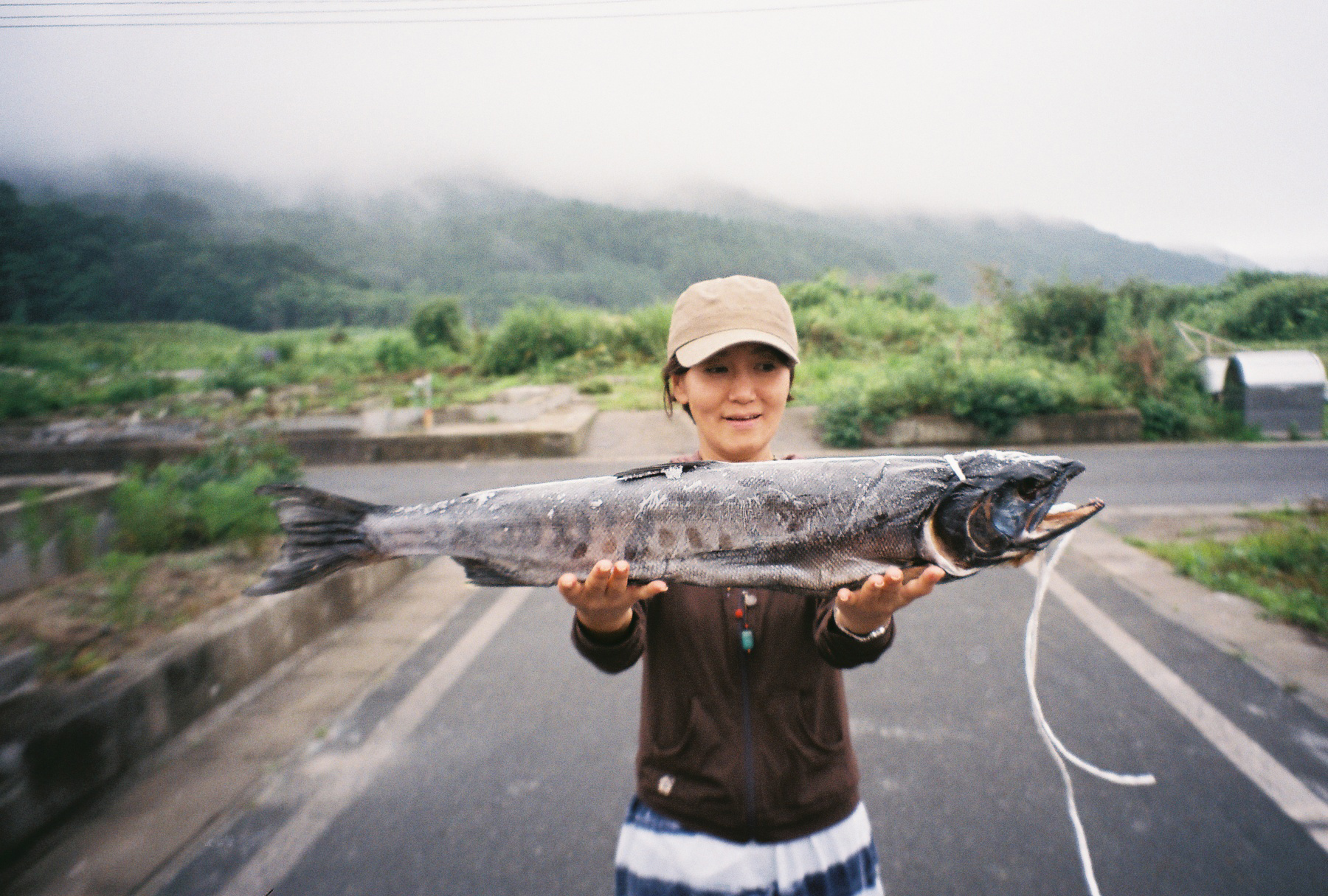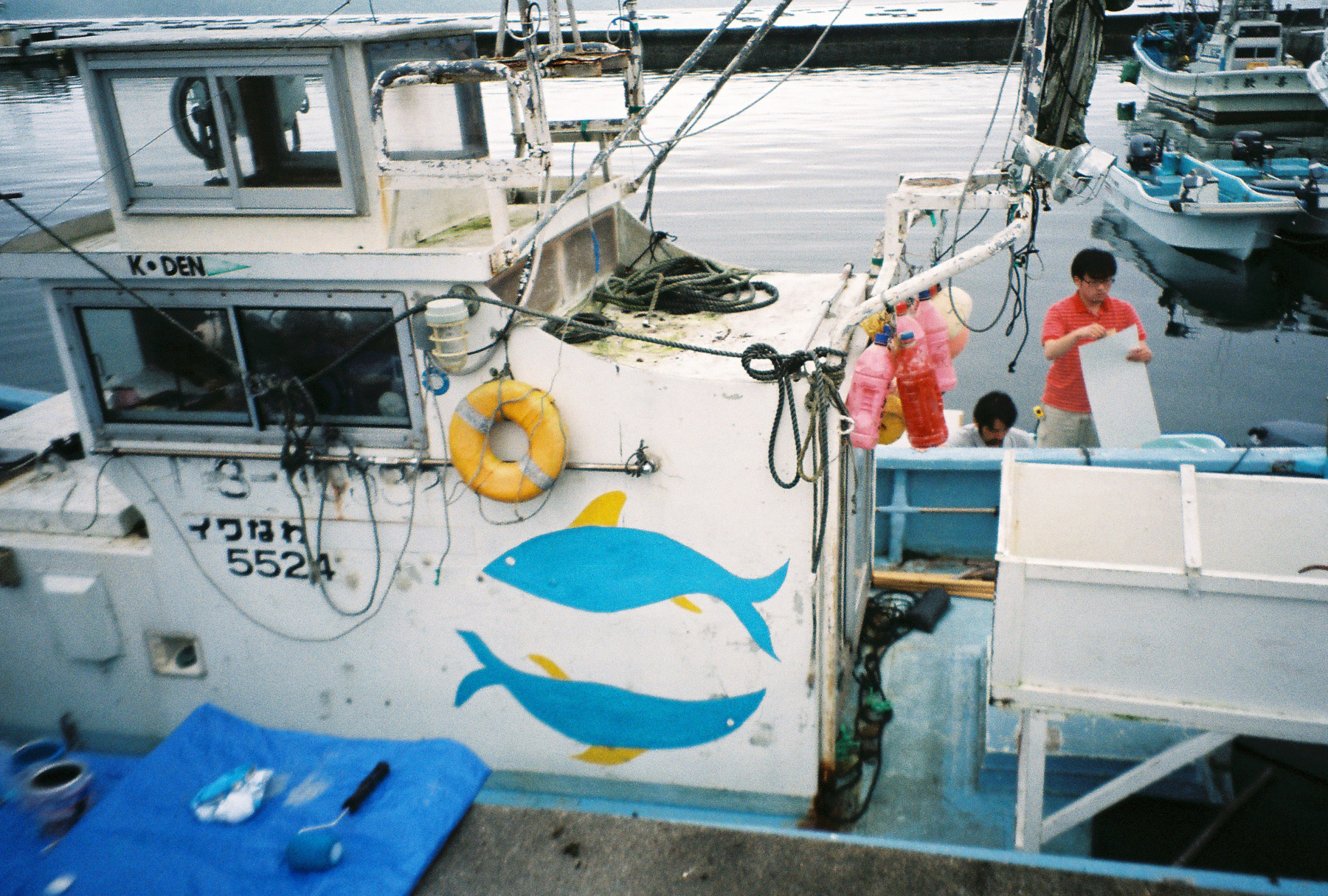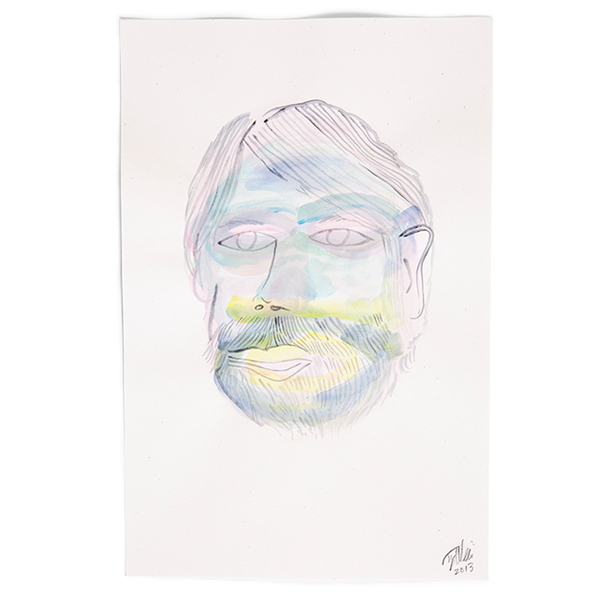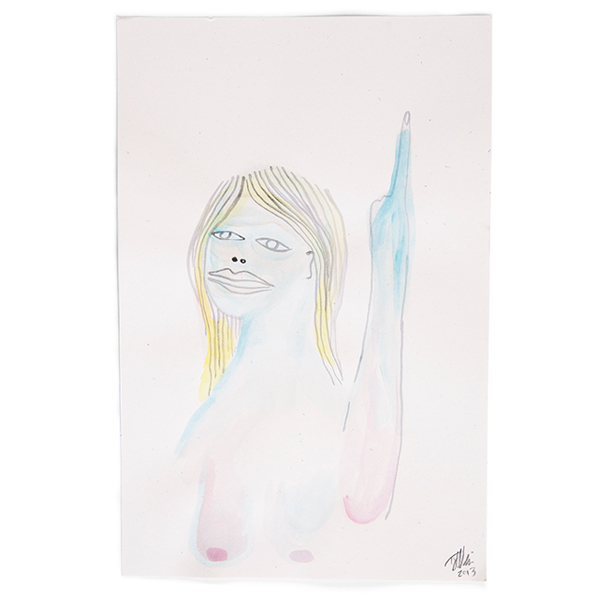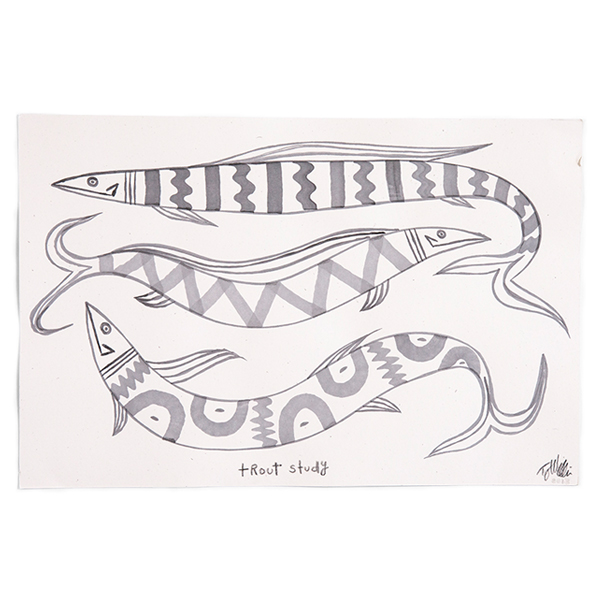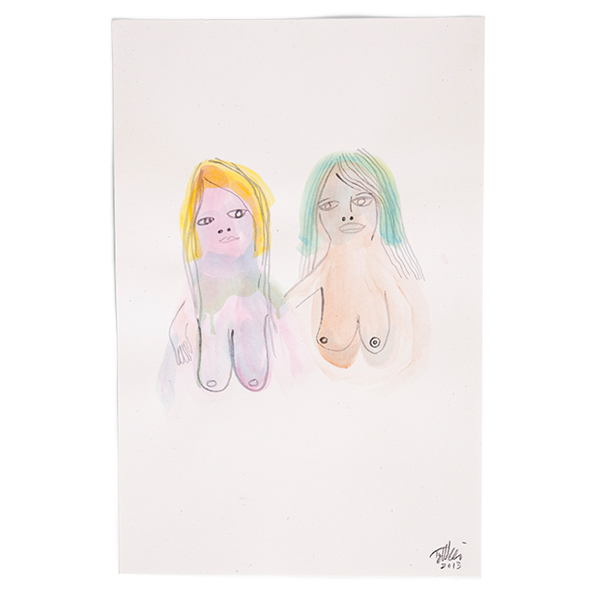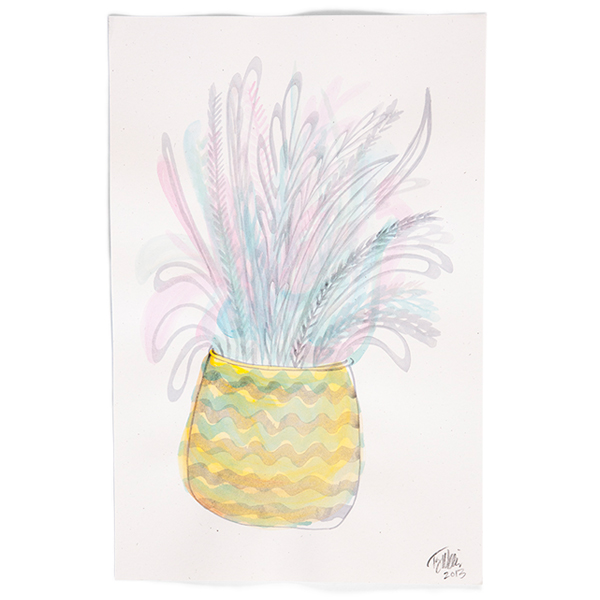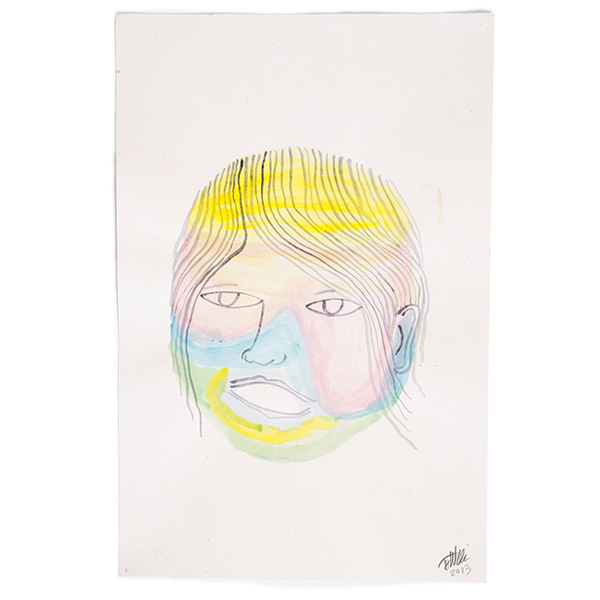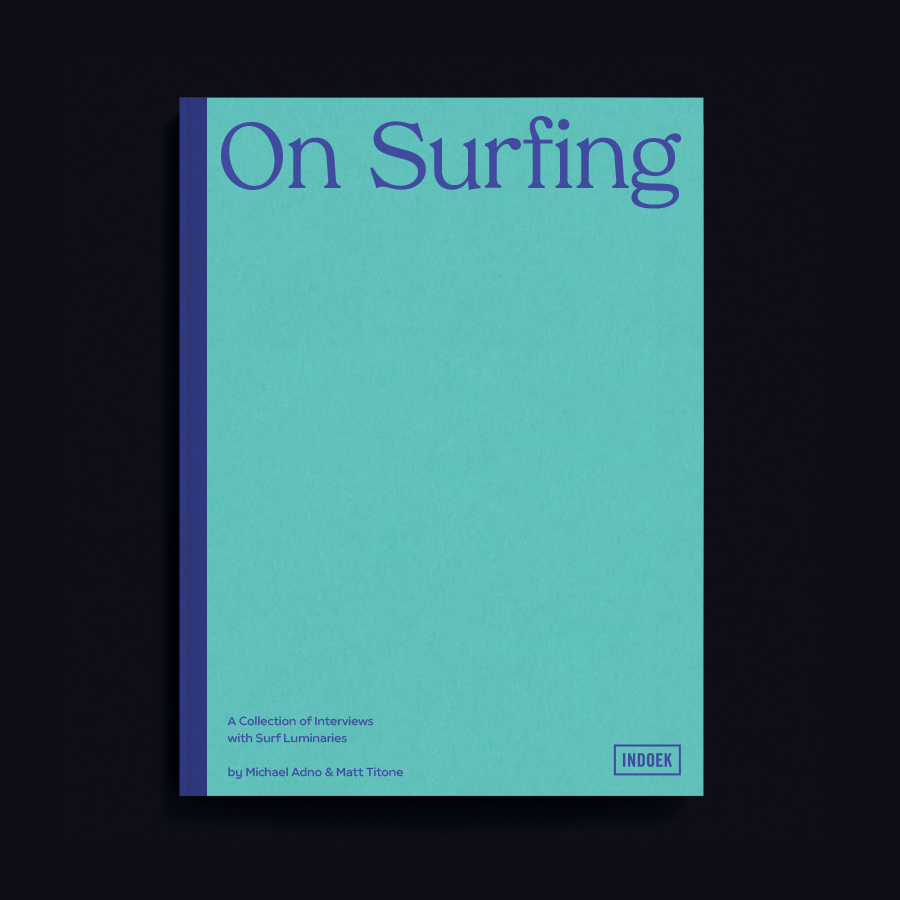How does it look and feel over there now? Has a lot been rebuilt or there still a lot of visible destruction?
When I first arrived I thought; “wow this is a beautiful amazing countryside.” It had sprawling green fields that ran up to the water and there was nothing for a long distance. After getting out of the car, I realized in some of the fields there were hundreds of foundations where homes once stood and over the past 2 years had been blanketed with grass and vegetation. Certain places have been rebuilt, but there still is work going on for some of the larger structures. You can still find visible destruction in places but for the most part much of it has been very neatly cleaned up.
How do the people of Fukushima seem to be holding up?
There are some people who still walk the beaches calling out for loved ones that were never found, there are some people that moved away and never returned, there are some that vow to never look a the ocean ever again, but there are also many that plan to move forward and have no choice but to keep going. Despite the uncertainties of radiation levels and the long term effects of all of it, there is a good portion of people who are continuing on living in that area.
I heard heartbreaking things from the villagers, but visually something I will never forget was while driving through a damaged area I asked our driver what a spray painted symbol on some of the buildings meant? I saw it a few times as we passed by on some of the damaged structures. It was a simple spray painted circle with an “X” in the middle. He explained that after the tsunami when they were recovering people they had to store them in buildings and the symbol was sprayed on the side symbolizing “bodies inside”.
Where and what did you paint?
There were a few boats that miraculously survived the destruction and I got to paint on one and decal a few others. We were very pressed on time there so I wanted to make sure whatever I did I could do quickly and then be able to listen to some of the stories the men wanted to share.
